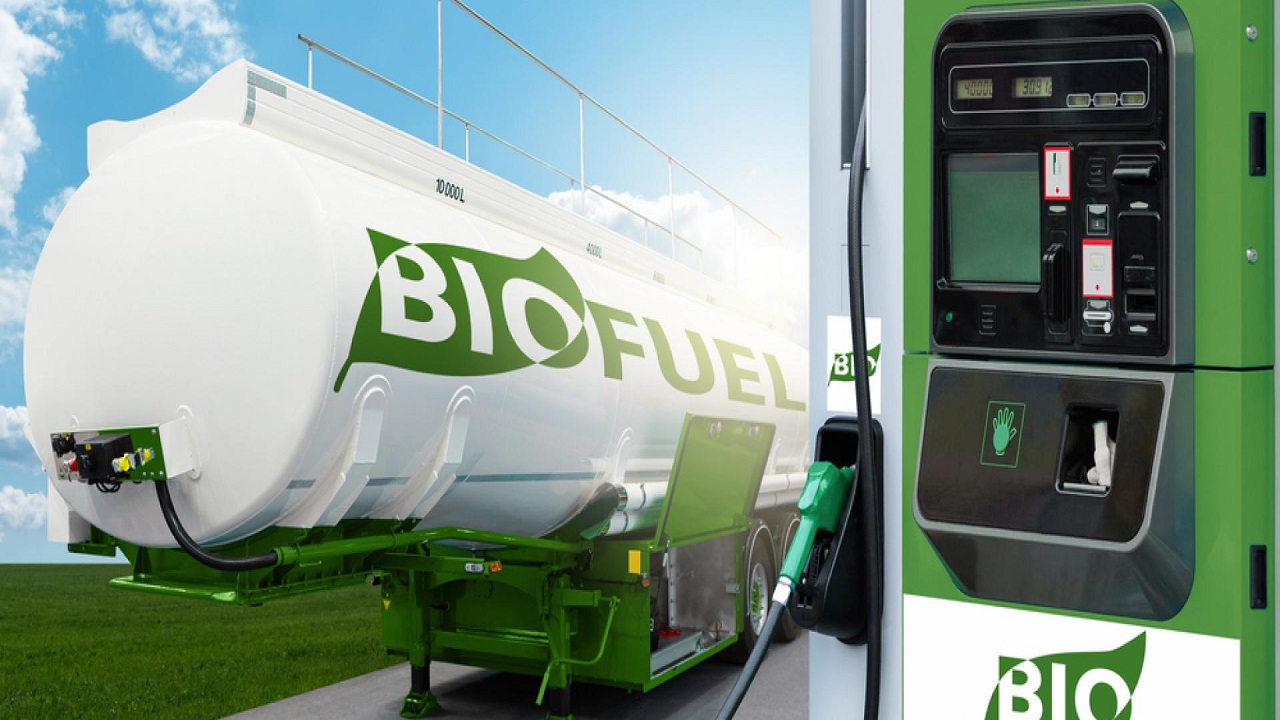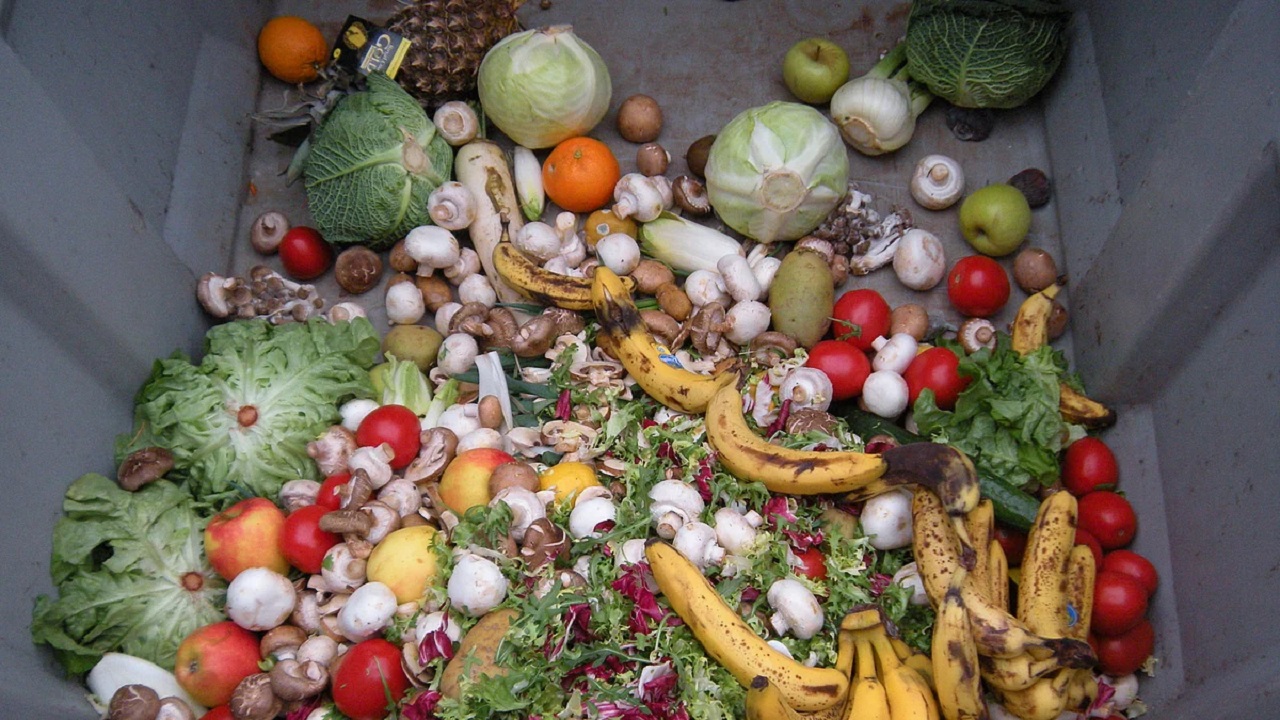Biofuels and Energy Security : Opportunities and Concerns
Context
The global shift towards renewable energy sources has brought biofuels into focus as a major alternative to fossil fuels. Their ability to recycle carbon makes them attractive for reducing climate change impacts, but questions remain about efficiency, cost, food security, and sustainability.
Introduction
Biofuels are fuels derived from biomass or organic matter that can substitute for conventional fossil fuels such as gasoline and diesel. They are considered renewable as the raw material can be replenished. Biofuels exist in solid, liquid, or gaseous forms, with ethanol and biodiesel being the most common.
Types of Biofuels
-
First Generation (1G): Produced from food crops such as corn, sugarcane, and vegetable oils. Examples include bioethanol, biodiesel, and biogas.
-
Second Generation (2G): Derived from non-food biomass and agricultural waste such as municipal waste and wood chips. Example: cellulose ethanol.
-
Third Generation (3G): Generated from algae, containing about 40% lipids, convertible to biodiesel or synthetic petroleum. Examples: butanol, jet fuel.
-
Fourth Generation (4G): Developed from genetically engineered algae for higher yield and efficiency.
Major Biofuels
-
Ethanol: Produced through fermentation of sugars from corn and sugarcane.
-
Biodiesel: Produced from vegetable oils, animal fats, or recycled greases.
Production Processes
-
Thermochemical methods: Pyrolysis and gasification of low-moisture biomass.
-
Biochemical methods: Fermentation or anaerobic digestion using microorganisms to generate ethanol or biogas.
-
Agrochemical methods: Chemical processes such as transesterification to convert oils and fats into biodiesel.
Conversion of Plant Waste into Fuel
-
Enzymatic cellulose breakdown releases glucose but faces challenges like slow reaction rates.
-
Fermentation process converts sugars into ethanol but efficiency reduces beyond 10% ethanol concentration.
-
Process optimization involves biomass pretreatment, saccharification, fermentation, distillation, and recovery.
-
Biochemical engineering with immobilized enzymes allows continuous reactions, reducing sugar loss and improving efficiency.
Biomass in the Carbon Cycle
-
Each year about 250 Gt of organic material circulates in the biosphere, including 100 Gt of carbon.
-
Photosynthesis captures about 2 × 10²¹ Joules of solar energy annually, maintaining balance in the carbon cycle.
-
Biomass provides over 10% of global energy needs, particularly in developing regions.
-
Unlike fossil fuels which add new carbon, biofuels recycle existing carbon, thereby limiting climate impact.
Concerns in Biofuel Usage
-
Food Security: First-generation fuels compete with food crops, risking shortages.
-
Production Constraints: Ethanol production needs specific microbial conditions; 2G fuels face high pretreatment costs.
-
Environmental Impact: Large-scale biofuel cultivation changes land use, increases fertilizer use, and emits N₂O and CH₄.
-
Societal Impact: Expansion may displace indigenous populations and drive deforestation, such as in the Amazon.
-
Ecological Risks: Monoculture farming reduces biodiversity and strains freshwater resources.
Quick Facts on Ethanol
-
Energy Density: About 24 GJ/m³, lower than petrol (39 GJ/m³).
-
Engine Compatibility: Blends up to E15 usable in most vehicles without modification.
-
Global Leaders:
-
US – Corn-based ethanol, largest producer.
-
Brazil – Sugarcane-based ethanol.
-
India – Produced 1 billion gallons in 2022, contributing 5% of global output. Sources include molasses and surplus rice. India targets 20% ethanol blending by 2025.
-
Conclusion
Biofuels present a renewable and carbon-recycling energy option crucial for reducing dependence on fossil fuels. Yet, food security challenges, ecological risks, and high production costs limit their large-scale adoption. With advances in 2G–4G technologies and sustainable land management, biofuels can significantly contribute to energy security, carbon reduction, and climate goals.




Comments (0)